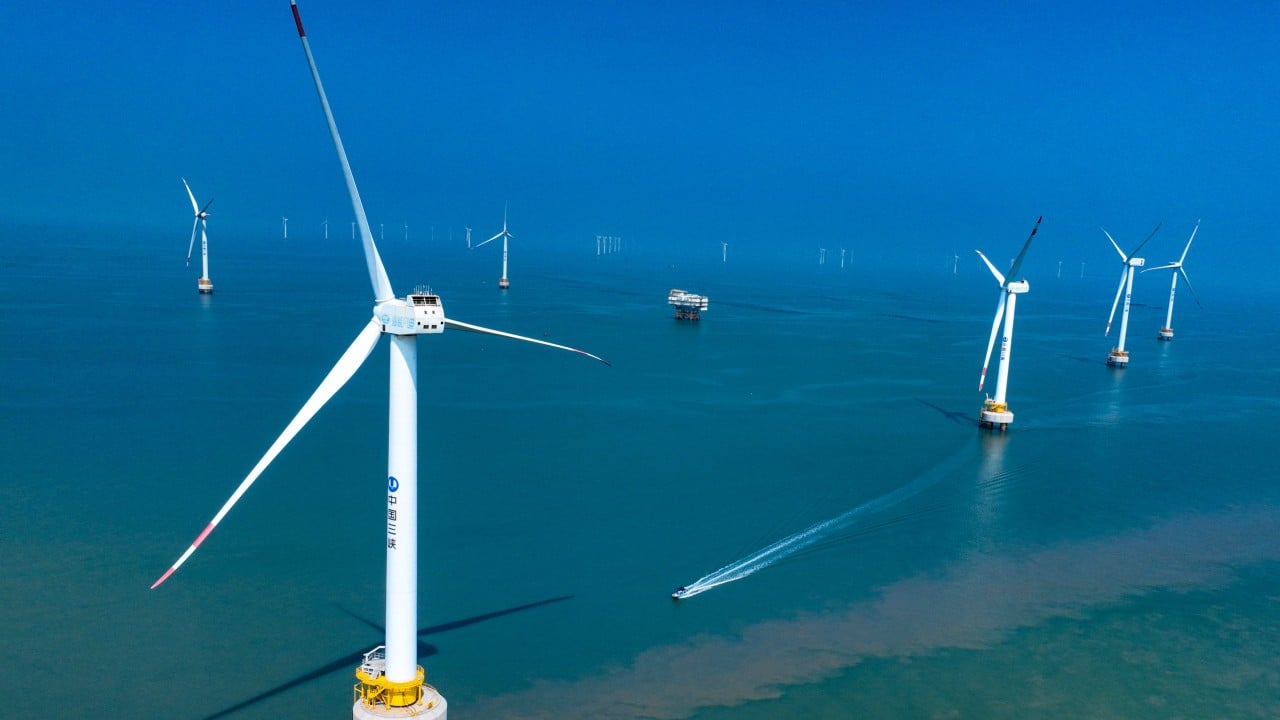China’s central bank will extend a programme of cheap lending to financial institutions in support of emission-reduction projects as the country continues to pursue its carbon peaking and net-zero goals, the government announced on Sunday.
The People’s Bank of China (PBOC) will extend the policy until the end of 2027, China’s cabinet, the State Council, announced in a new national-level guideline aimed at accelerating the country’s green and low‑carbon transition.
Under the programme, launched in 2021, financial institutions provide loans at interest rates close to the country’s benchmark lending rate to companies and projects in clean energy, energy savings and environmental protection. The PBOC then provides 60 per cent of the loans to these commercial lenders for one year at an interest rate of 1.75 per cent.
The extension was part of a State Council announcement of green-transition guidelines on Sunday, which covered key sectors like agriculture, transport and energy. The guidelines also outline development of other financial instruments to support the carbon transition of the world’s second-largest economy, such as green insurance, green equity and green trusts. The council also set an ambitious target of cultivating a 15 trillion yuan energy-saving and environmental protection industry by 2030.
The lending programme had supported financial institutions in issuing more than 1.1 trillion yuan (US$153 billion) in loans as of the end of June, according to the latest data from PBOC. In 2023, the PBOC extended the scheme to the end of 2024 and said it would include more foreign banks and local corporate banks.
The government also plans to promote the green transition from the consumption side of the equation by encouraging a more sustainable lifestyle among the public, developing low-carbon products and encouraging energy and water conversation.
The guidelines reiterated 2030 targets of increasing the proportion of non-fossil energy consumption to about 25 per cent and boosting the installed capacity of pumped hydro storage to more than 120 gigawatts (GW).
China, the world’s largest greenhouse gas-emitter, accounted for around a third of global carbon-dioxide emissions in 2023. It has promised to reach peak emissions by 2030 and achieve net-zero emissions by 2060.
As of June, the installed capacity of renewable energy in China has reached 1,653GW, accounting for more than half of total energy capacity, officials at China’s central economic planner, the National Development and Reform Commission, said at a press briefing in Beijing on Sunday.
China’s energy consumption and carbon emissions as a proportion of GDP have declined by 26 per cent and 35 per cent, respectively, compared with 2012, they said.


